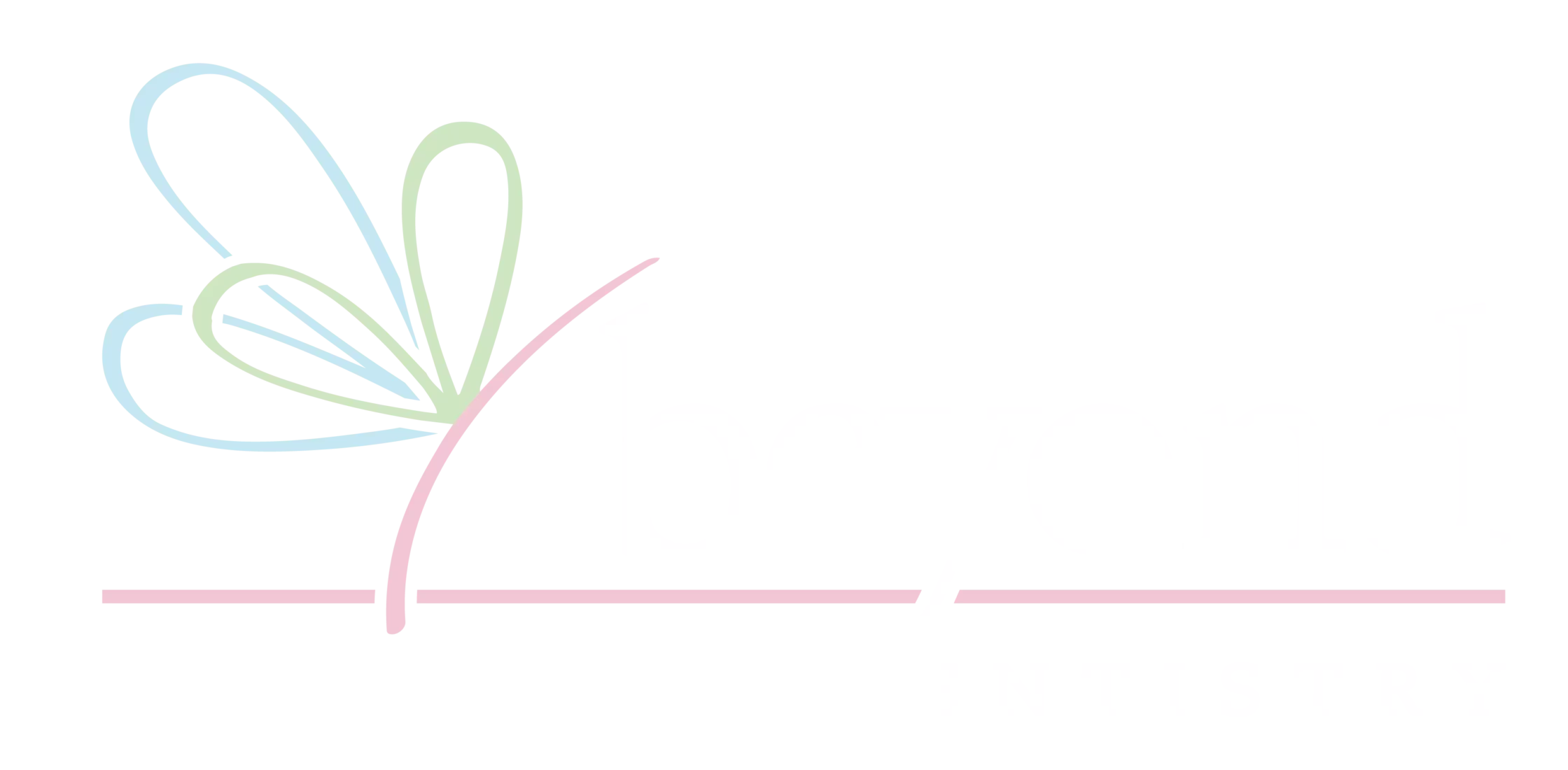“Guiding the growth and development of the face & jaws can create a foundation of health for kids.”
Did you know?
Due to the importance of nasal breathing over mouth breathing, we establish protocols with your child to lay a foundation for proper growth and development.
Things that lead to improper growth and development:
Friday By Appointment
Mouth Breathers Risk Improper Facial Growth
Habitual mouth breathing has the potential to change the direction of growth of the face. This can cause the face to become long and narrow which can lead to crooked or crowded teeth, a less pleasing physical appearance and most importantly – A SMALL, NARROW AIRWAY.
Unfortunately, when a child mouth breathes he/she gets less oxygenation to the developing brain and tissues through out the body. At the end of the day, the child that mouth breathes is more likely to have sleep apnea as an adult. Mouth breathing not only has effects on the face, but also can cause dental decay and periodontal related issues such as red and inflamed gums or halitosis (bad breath).
Mouth Breathing Should Be a Back-up Plan
The mouth is designed primarily for eating and drinking. Sometimes breathing through the mouth can’t be avoided. But, when mouth breathing becomes habitual, it can create unpleasant symptoms in the short term that hinder healthy growth and development in the long term.
The Nose Was Designed for Breathing
The nose is a natural air filter. By optimizing oxygen and carbon dioxide levels, nasal breathing protects the lungs, improves mental awareness and heightens physical energy. When children are breathing through the nose, their mouths are shut. A closed mouth reduces inflammation and helps prevent cavities and swollen gums.
Nasal Breathing and Facial Growth
When a child is a habitual nasal breather, the tongue positions itself in the mouth so that it acts as a natural “expander” of the jaws. We call this proper oral posture. Proper oral posture helps the face develop up and forward. When the jaws grow up and forward in the face, the airway tends to be larger which helps kids breathe more consistently through the nose, ESPECIALLY when they are sleeping.
Our favorite ENT says that there is nothing more important for kids than sleep. We agree! Uninterrupted sleep leads to kids performing better in school and sports. Restorative sleep also leads to lower stress levels, longer attention spans and more optimal growth and development. Due to the importance of nasal breathing over mouth breathing, we establish protocols with your child to lay a foundation for proper growth and development.
Because 75% of facial growth has occurred by age 5 or 6, we want to start guiding jaw growth and development as early as age 3.

Midface deficiency and low tongue posture. Tooth grinding and lips apart at rest. Mouth breathing at night.

Progress with the same patient. No more grinding and improved breathing.

Four year old with a thumbsucking habit, vaulted palate and open bite. Posterior crossbite that leads to narrow maxilla.

Progress. No longer thumb sucking and posterior crossbite corrected.
For more information about children who are sleepy, snore, or have been diagnosed with ADHD, please visit The American Academy of Physiological Medicine and Dentistry at www.AAPMD.org.

Hours
Friday By Appointment